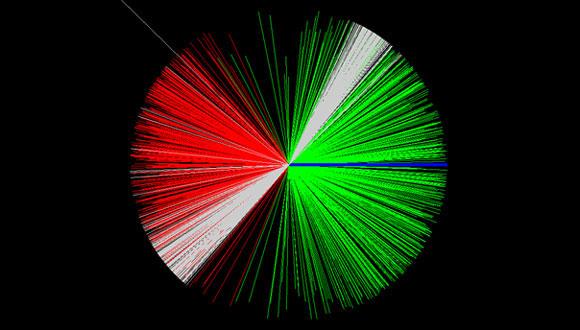Joint Seminar in Nuclear Physics
PROGRAM
14:00 - 14:30 Refreshments + Organization
14:30 - 15:30 "The SIMP(lest) Miracle", Yonit Hochberg, The Hebrew University of Jerusalem
Abstract:
I will present a new candidate for thermal dark matter in the form of Strongly Interacting Massive Particles (SIMPs). The freezeout process is a number-changing 3-to-2 annihilation in the dark sector, and points to sub-GeV dark matter. I will show how the mechanism is realized in simple classes of QCD-like theories, where the pions play the role of dark matter, and will describe current and future experimental signatures of the setup in direct and indirect-detection, colliders, structure formation and cosmology.
15:30 - 16:00 Coffee Break
16:15 - 17:15 "Manipulating, Nuclear and Radiation Physics in Favor of Advanced Medical Imaging", Ami Altman, PHILIPS Healthcare
Abstract:
Challenges of 21st century medicine and healthcare systems require accurate quantitative determination of physiological and pathological parameters at histological, metabolic and even molecular levels, in human tissues. Modern medical imaging devices have been evolved and even revolutionized to address these challenges by using sophisticated manipulations of known physics processes. In this category, advanced radiation-based imaging devices are using either transmission X-Rays (Computed Tomography), or gamma-photons emission (e.g., Positron Emission Tomography). Novel detection techniques have been developed to enable spectral analysis of the measured wide-band X-Ray spectrum in Computed Tomography. Splitting the X-Ray spectrum to two or more bands, enables decomposition of the reconstructed images to those associated with Compton scattering in the scanned object, and to those associated with Photo-Electric absorption, and even specific images of high K-edge materials administered into certain tissues. This enables accurate clinical separation of tissue types, characterization of tumors, segmenting calcifications in blood vessels for cardio-vascular diseases assessment, analysis of vulnerable plaque, and accurate stroke assessment. Furthermore, adding a special, gratings-based, interferometer to an X-Ray CT system, enables Phase-Contrast imaging, in addition to conventional absorption imaging, leading to more capabilities to see micro-structures in human tissues. This utilization of X-Ray diffraction, using a non-coherent polychromatic source is in the frontiers of modern X-Ray medical imaging, and is still in a research stage.
While X-Rays based CT utilizes the physics of radiation interaction with matter in the scanned object, Positron Emission Tomography (PET) is using also processes from nuclear and particle physics to measure metabolic and molecular functioning in human tissues. This is done by measuring the up-take of special radioactive tracers that emit positrons, leading to positron-electron annihilation at a very close proximity to the emission location. This is detected through a coincidence measurement of two 511 keV gamma photons, emitted from the annihilation events. New detection and reconstruction technologies enable measurements of the time of flight (TOF) of each of these photons, enabling high accuracy in quantification and characterization of cancerous tumors, neuro-degenerative diseases, and cardiovascular lesions.


